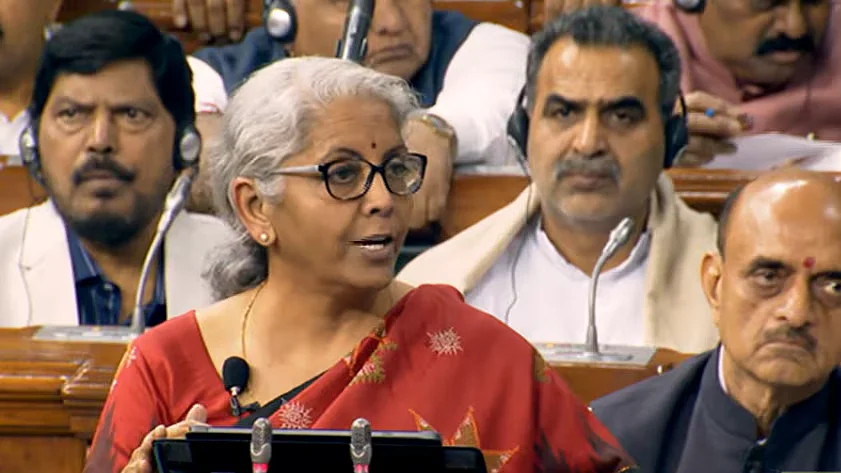FM introduces insolvency law amendment bill in Lok Sabha to curb delays
The amendments proposed pertain to curbing delays by empowering creditors to initiate insolvency process outside of court in case of genuine business failures.

Finance Minister Nirmala Sitharaman on Tuesday introduced Bankruptcy Code Amendment Bill, 2025 to amend the Insolvency and Bankruptcy Code, 2016. The bill has proposed multiple changes to fast-track the insolvency proceedings in the country. The amendments proposed pertain to curbing delays by empowering creditors to initiate insolvency process outside of court in case of genuine business failures.
Enabling provisions for domestic group insolvency and cross-border insolvency, and various other changes are also part of the bill. “These amendments aim to facilitate faster admission, resolution, and liquidation processes, maximize asset value, and improve governance,” a source pointed out. Here are the key amendments introduced in the bill tabled today.
Creditor Initiated Insolvency Resolution
A new creditor-Initiated Insolvency Resolution Process (CIIRP) aimed at speeding up resolution and preserving asset value has been introduced in the bill. Under CIIRP, select financial institutions can initiate insolvency outside court, with approval from unrelated financial institutions. In this case, the corporate debtor will continue to manage the company with oversight from a resolution professional who would attend meetings of the Board of Directors and have veto powers.
The process includes a 30-day objection period for the corporate debtors and the Adjudicating Authority can convert the CIIRP into the standard CIRP if certain conditions are met, such as failure to reach a resolution within 150 days or rejection of the plan. The adjudicating authority will approve resolution plans with the same effect as under the existing CIRP framework.
Recommended Stories
Expeditious Admission of Insolvency Applications
Against current provision of admitting insolvency applications within 14 days, an average of over 434 days is being taken. To address this, section 7 of the IBC is being modified to specify that an application for initiating the corporate insolvency resolution process by the financial creditors shall be admitted if a default exists, and no other grounds shall be considered for deciding such an application. Also, when an application is made by a financial institution, the authority shall consider records of default from information utilities as sufficient evidence. This will reduce timelines for admitting applications.
New chapter for Group Insolvency
The Code currently addresses insolvency on an individual basis, but many corporate debtors operate within interconnected groups facing simultaneous financial distress, causing duplicated efforts, higher costs, and challenges in maximizing value. A new Chapter V-A empowering the central government to create rules for coordinated or consolidated insolvency proceedings for group companies to align with international best practices has been included.
Cross Border Insolvency
The existing cross-border insolvency framework under the Code is limited to bilateral agreements, often resulting in delays and inefficiencies. To address these challenges, a new section 240C is proposed, empowering the central government to prescribe rules for managing cross-border insolvency cases and to designate a dedicated bench for handling such proceedings, thereby ensuring a more streamlined and predictable process.
